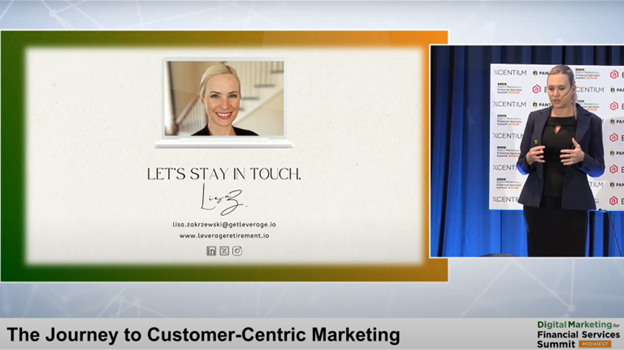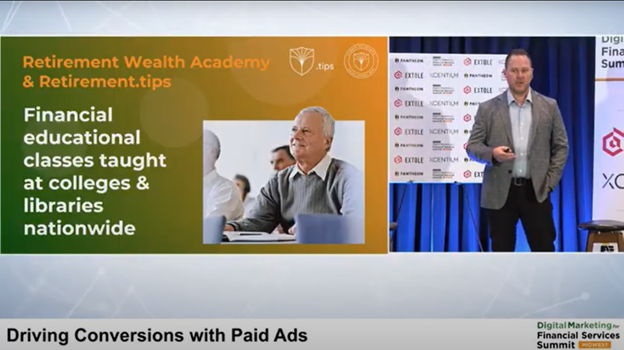Executive Summary
In an era of digital noise and overwhelming communication channels, traditional marketing approaches are becoming increasingly ineffective. This whitepaper explores a comprehensive strategy for reimagining marketing as a customer-solving, trust-building discipline.
Introduction: The Changing Marketing Landscape
The modern customer is sophisticated, informed, and demanding. They no longer respond to generic marketing messages or traditional sales tactics. Our research indicates that 78% of customers prioritize companies that understand their specific needs and challenges over those offering generic solutions.
Key Paradigm Shifts in Customer Engagement
1. From Product-Centric to Customer-Centric Approach
The marketing world is experiencing a seismic shift. No longer can businesses rely on bombarding customers with generic messages and product features. Today’s consumers demand more – they seek partners who understand their unique challenges, anticipate their needs, and provide tailored solutions that genuinely improve their lives. This section deconstructs the outdated marketing paradigms and introduces a revolutionary approach to customer engagement.
Traditional Approach:
- Focus on product features
- Generic messaging
- One-size-fits-all communication
Transformative Approach:
- Deep customer persona development
- Personalized problem-solving
- Tailored communication strategies
Critical Insights:
- Customers want solutions, not sales pitches
- Personalization goes beyond using a customer’s name
- Understanding customer challenges is more important than product specifications
2. Building the Ideal Customer Persona: Meet “Alex”
Understanding your customer is no longer a luxury – it’s a strategic imperative. Gone are the days of broad demographic targeting. Modern marketing requires a deep, almost anthropological understanding of your ideal customer. By creating a comprehensive, multi-dimensional persona, businesses can craft messaging that resonates on an emotional and practical level, transforming casual interactions into meaningful connections.
Comprehensive Persona Development Framework:
- Demographic Information
- Professional Challenges
- Emotional Triggers
- Long-term Goals
- Specific Pain Points
Case Study Example: Our financial services client developed an ideal customer persona named “Alex” – a business owner concerned about exit strategies. By targeting his specific concerns about selling his business, they transformed their marketing approach and increased engagement by 65%.
3. Feedback-Driven Marketing Strategy
Feedback is the lifeblood of customer-centric marketing. Yet, most organizations treat customer input as a passive, checkbox exercise. This section reveals how transformative businesses turn feedback into a dynamic, strategic tool for continuous improvement, breaking down departmental silos and creating a responsive, adaptive marketing ecosystem.
Key Components:
- Robust Feedback Collection Mechanisms
- Cross-Departmental Communication Channels
- Continuous Improvement Processes
Implementation Strategies:
- Create multiple feedback touchpoints
- Develop interactive customer survey tools
- Implement real-time feedback analysis
- Demonstrate visible action based on customer insights
Quantitative Impact:
- 40% reduction in customer support calls
- 35% increase in customer satisfaction
- 25% improvement in service redesign efficiency
4. Trust as a Marketing Currency
In an age of information overload and digital skepticism, trust has become the most valuable commodity a business can possess. This section explores how organizations can build, maintain, and leverage trust as a core marketing strategy, moving beyond transactional relationships to become trusted advisors and problem-solvers.
Trust-Building Pillars:
- Transparency
- Consistent Communication
- Demonstrated Expertise
- Genuine Problem-Solving Approach
Strategic Recommendations:
- Share authentic customer success stories
- Provide clear, jargon-free communication
- Develop thought leadership content
- Create educational resources
5. Technology and Customer Experience
Technology is not just an enabler – it’s a bridge to deeper customer understanding. This section examines how cutting-edge tools and platforms can be strategically deployed to create more personalized, intuitive, and meaningful customer experiences, transforming digital interactions from impersonal transactions to genuine connections.
Technological Enablers:
- Advanced CRM Tools
- AI-Powered Personalization
- Interactive Communication Platforms
- Data Analytics for Customer Insights
Implementation Checklist:
- Integrate comprehensive CRM systems
- Develop AI-driven personalization algorithms
- Create interactive customer engagement platforms
- Establish robust data privacy protocols
Measurement and Optimization Framework Key Performance Indicators (KPIs):
- Customer Engagement Rate
- Trust Index
- Personalization Effectiveness
- Problem-Solving Conversion Rate
Measurement Tools:
- Advanced analytics platforms
- Customer sentiment analysis
- Continuous feedback loops
- Comparative performance tracking
Conclusion: The Customer-Centric Future
The future of marketing is not about selling but solving. Organizations that prioritize genuine customer understanding, build trust, and create meaningful connections will lead their industries.
Recommended Next Steps:
- Conduct a comprehensive customer persona audit
- Develop a cross-departmental communication strategy
- Implement advanced feedback collection mechanisms
- Invest in personalization technologies
- Create ongoing customer education programs
This whitepaper is based on the 2024 DMFS Midwest Summit session featuring Lisa Zakrzewski.





